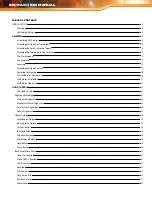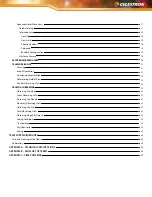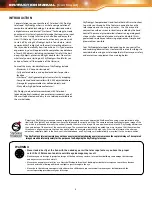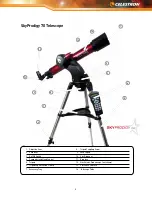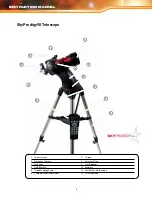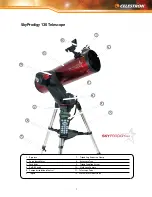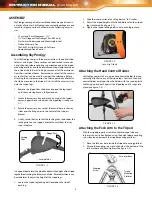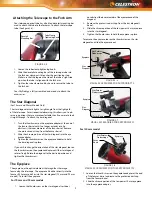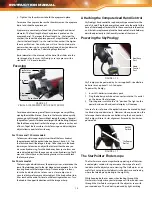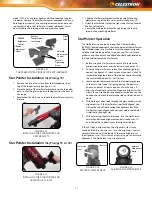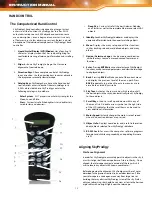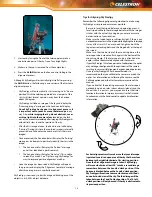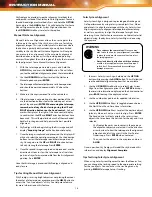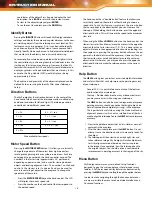
INTRODUCTION
Congratulations on your purchase of Celestron’s SkyProdigy
telescope! SkyProdigy ushers in a whole new generation of
computer automated technology. It combines electronic motors,
a digital camera and internal *StarSense™ Technology to create
an automatic, instant alignment telescope that requires no input
from the user. Simply turn it on, push a button and enjoy the
view! It’s that easy. If you are new to astronomy, you may wish
to start off by using SkyProdigy's built-in Tour feature, which
commands SkyProdigy to find the most interesting objects in
the sky and automatically slews to each one. Or if you are more
experienced , you will appreciate the comprehensive database
of over 4,000 objects, including customized lists of all the best
deep-sky objects, planets and bright double stars. No matter
what level you are starting out, SkyProdigy will unfold for you
and your friends all the wonders of the Universe.
Some of the many standard features of SkyProdigy include:
• Maximum 3.5°/second slew speed
• Fully enclosed motors and optical encoders for position
location
• StarSense™ sky alignment digital camera for sky mapping
• Computerized hand controller with 4,000 object database
• Storage for programmable user defined objects; and
• Many other high performance features!
SkyProdigy’s deluxe features combined with Celestron’s
legendary optical standards give amateur astronomers one of
the most sophisticated and easy to use telescopes available on
the market today.
SkyProdigy’s Computerized Hand Control has built-in instructions
to guide you through all the features needed to have the
telescope up and running in minutes. Use this manual in
conjunction with on-screen instructions provided by the hand
control. The manual gives detailed information regarding each
step as well as needed reference material and helpful hints
guaranteed to make your observing experience as simple and
pleasurable as possible.
Your SkyProdigy telescope is designed to give you years of fun
and rewarding observations. However, there are a few things to
consider before using your telescope that will ensure your safety
and protect your equipment. See warning below.
INSTRUCTION MANUAL
[Continued]
WaRNINg
•
Never look directly at the Sun with the naked eye or with a telescope (unless you have the proper
solar filter). Permanent and irreversible eye damage may result.
• Never use your telescope to project an image of the Sun onto any surface. Internal heat build-up can damage the telescope
and any accessories attached to it
• Never use an eyepiece solar filter or a Herschel Wedge. Internal heat build-up inside the telescope can cause these devices
to crack or break, allowing unfiltered sunlight to pass through to the eye
• Never leave the telescope unsupervised, either when children are present or adults who may not be familiar with the
correct operating procedures of your telescope
4
*Celestron’s SkyProdigy telescope uses an integrated imaging camera and patented StarSense Technology to automatically align
itself with the night sky and determine where the telescope is currently pointing.The camera automatically captures an image of the
sky, which is processed internally to positively identify the stars in the image. Once a positive match is found, SkyProdigy determines
the coordinates of the center of the captured image. The process is automatically repeated two more times so that the system has
three known alignment points that can be used to make an accurate model of the night sky. From this information the user can
select any celestial object in the hand controller’s database, and SkyProdigy will automatically move itself to the correct position.
*The SkyProdigy’s internal camera does not have an external output allowing users to view or save the captured images. The captured
images are used internally solely for the purpose of self-aligning the SkyProdigy telescope.


